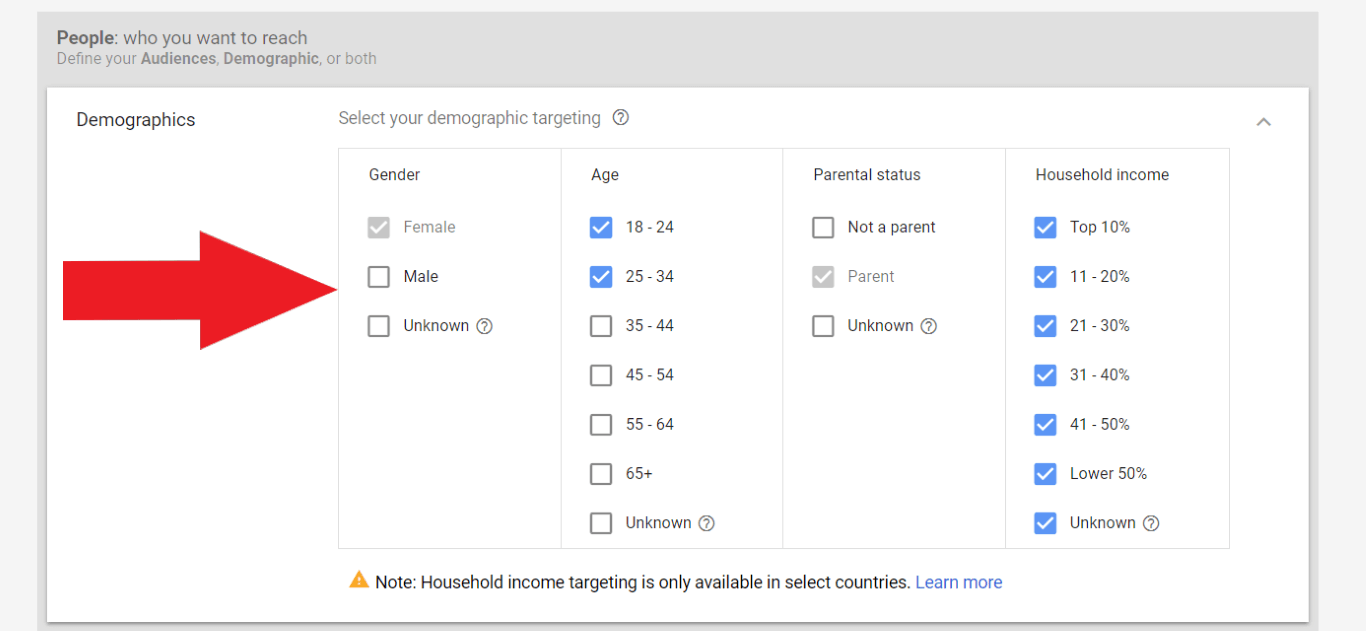If you’re not using behavioral marketing, you’re doing it wrong.
Unlike other marketing approaches, behavioral marketing gives you the full picture of your customer – who they are, what they like and, even what they’re most likely to do, buy, or interact with.
In the end, it means a more effective campaign and a higher ROI on the whole.

How Does Behavioral Marketing Work?
Behavioral marketing is based on information gathered from all sorts of sources.
A person’s web-browsing behavior, the ads they click on, the products they buy, browse or add to their cart, and the searches they enter on Google can all lend data to behavioral marketing, making it easier for advertisers to both reach them and convert them into paying customers.
Here are just some of the data sources behavioral marketing can use:
- Website analytics
- Web cookies
- Browsing and search history
- IP addresses
- Social media data (posts, likes, about page, friends, etc.)
- Videos watched
All of these are used to create a “profile” of a user or a group of users, so that marketers can craft better, more effective strategies, campaigns and messaging.

Types of Behavioral Marketing
There are several ways to utilize behavioral marketing – each with a different goal or conversion in mind. Some of the more common ones include:
1. Demographic targeting
When you choose from any number of demographic markers, like gender, location, age, education level or relationship status on your next Facebook ad, you’re using behavioral marketing.
It’s one of the oldest – and most effective – ways to target your marketing out there.

In June 2018, Google rolled out the Detailed Demographics beta to select advertisers, making it the most advanced demographic targeting yet in AdWords.
Here’s an overview of what detailed demographics are, how they can improve your ability to reach new audiences, and some tips from our PPC experts that have used the feature.
“Detailed demographic targeting is the most advanced demographic targeting available in Google Search and Shopping campaigns. You can now go beyond the standard age, gender, and location data and target based on education, parental status, marital status, and home ownership. Adding these audiences to your campaigns is an easy way to see if certain demographics engage and buy your brand on Google.”
-Michael Ward, Lead Retail Search Manager at CPC Strategy

2. Behavioral-based email marketing
Have you ever abandoned your online cart without buying, only to see an email saying “You forgot to finish your purchase!” a few hours later?
That’s behavioral email marketing, and it’s used by some of the biggest brands in the business. Again, including some sort of deal in the reach-back message is a good way to get the customer on board.
Email was one of the biggest revenue-driving channels for customers, accounting for as much as 40% of total revenue in some instances, so it’s not surprising that retailers have embraced email marketing as a marketing tactic they depend on.

“If we pare email down to its main function, it’s retention marketing–a way to keep people coming back. But don’t get too comfortable with your strategy–always be thinking ahead about what your customers want.”
– Kestrel Lemen, Email Marketing Director at CPC Strategy
3. Suggested upsells and cross–sells
These are classic behavioral marketing methods. You’ll usually see them as on-site suggestions like “Other users also bought this…” or “Goes great with …” and then see a carousel of related products. Amazon even uses them.

4. Retargeting/remarketing:
This strategy involves reaching back out to customers to remind them of a certain product or website they’ve viewed in the past. It’s most effective when it comes with an offer – a discount or something of value to entice them back.
In the case of Facebook, retargeting is an easy sell.
At CPC Strategy, we recommend every ecommerce client starts with Dynamic Ads to retarget shoppers who have previously performed an action on your website
.

But just because you set your Facebook campaign’s objective to “conversion” doesn’t mean your ads are automatically going to incite action.
In fact, if you really want your ads to be effective at bringing in leads and converting them, there are a few extra steps you’ll need to take – both during your campaign’s set-up and as it continues to run over the coming days and weeks.
Be sure to check out our recent post on how you can optimize your Facebook conversion ads for best results.
Pro-Tip: Keep in mind, if you’re prospecting and selling products on Facebook as your main channel, and you’re not considering investing in AdWords, you’re going to miss out.
“On Facebook, you’re generating a lot of interest–whether it’s a Facebook page or great content,” says Sarah Sanchez, Manager of Performance Social at CPC Strategy.

“However, Facebook isn’t going to be more main revenue driver. The real benefit to Facebook is it builds up all of your other marketing channels. Google is the low hanging fruit here.”
While Google AdWords also offers the ability to retarget site visitors and build audiences (like Facebook), its main strength is in closing the deal via Search and Shopping.
As you can see, behavioral marketing can get pretty specific. Because of this, it’s generally not a good strategy if you’re looking to cast a wide net or sell something more general.
If you’re looking to hit a niche market or a certain demographic of buyers, it’s definitely the route you’ll want to take.
Behavioral Marketing Examples:
To really grasp the power of behavioral marketing, you need to see it in action.
Let me paint a few scenarios for you.
Scenario 1: The old “Don’t forget you thought about buying this product” tactic.
Let’s say you’re at Nordstrom.com. You add an amazing new pair of boots to your cart, but once you get to checkout, you see shipping’s an astronomical $20. You close the window and forget the boots ever happened.
A week later, you’re checking on the latest headlines on CNN.com when an ad featuring that exact pair of boots crops up. There’s even a code for free shipping on it. You’re definitely going to buy, right? That’s behavioral marketing at its best.
Scenario 2: YouTube’s autoplay.
If you’ve ever watched videos on YouTube, you know that it queues videos in the “Up Next” column automatically for you. And most of the time? They’re eerily accurate.
Maybe it’s lots of cats playing piano or tons of Mickey Mouse (since your toddler stole your tablet.)
Either way, it’s a sign of YouTube using your viewing and browsing history to keep you engaged and present on the site – so it can serve up more ads (and make more cash).

Scenario 3: Come back – and save!
Have you ever unsubscribed from something? Maybe a meal kit box or Birchbox? You think you’re done, but then a lo and behold, a month later, you get a postcard in the mail or a message in your inbox. “Come back! And for way less than you paid before!”
It’s just another type of behavioral remarketing. The merchant knows you bought in once – so that shows you might be willing to again. Why not incentivize you to do so?
There are lots of possibilities with behavioral marketing – on social, your website, in email campaigns and in digital advertising. You can even use what you learn through these channels to drive your offline campaigns as well.
To learn more about behavioral marketing, email [email protected].
You Might Be Interested In












